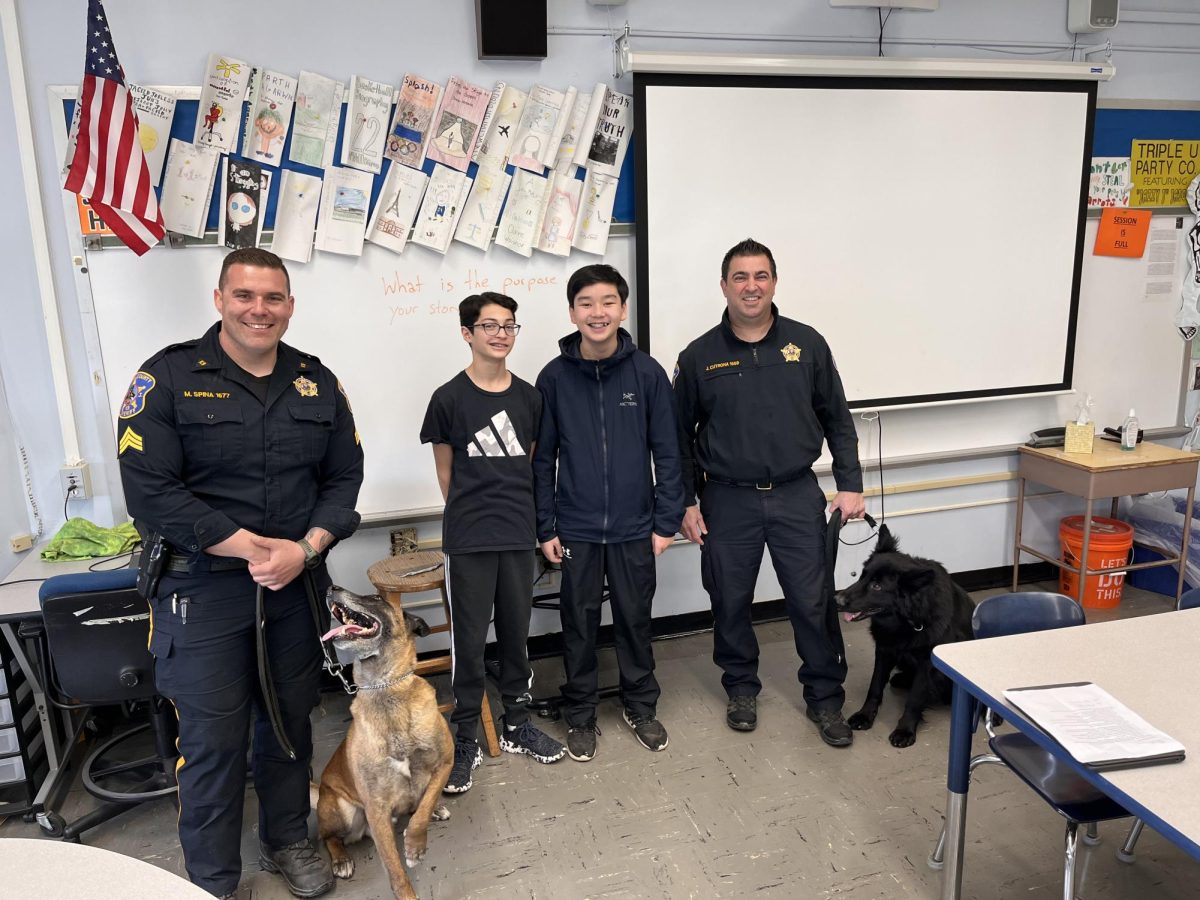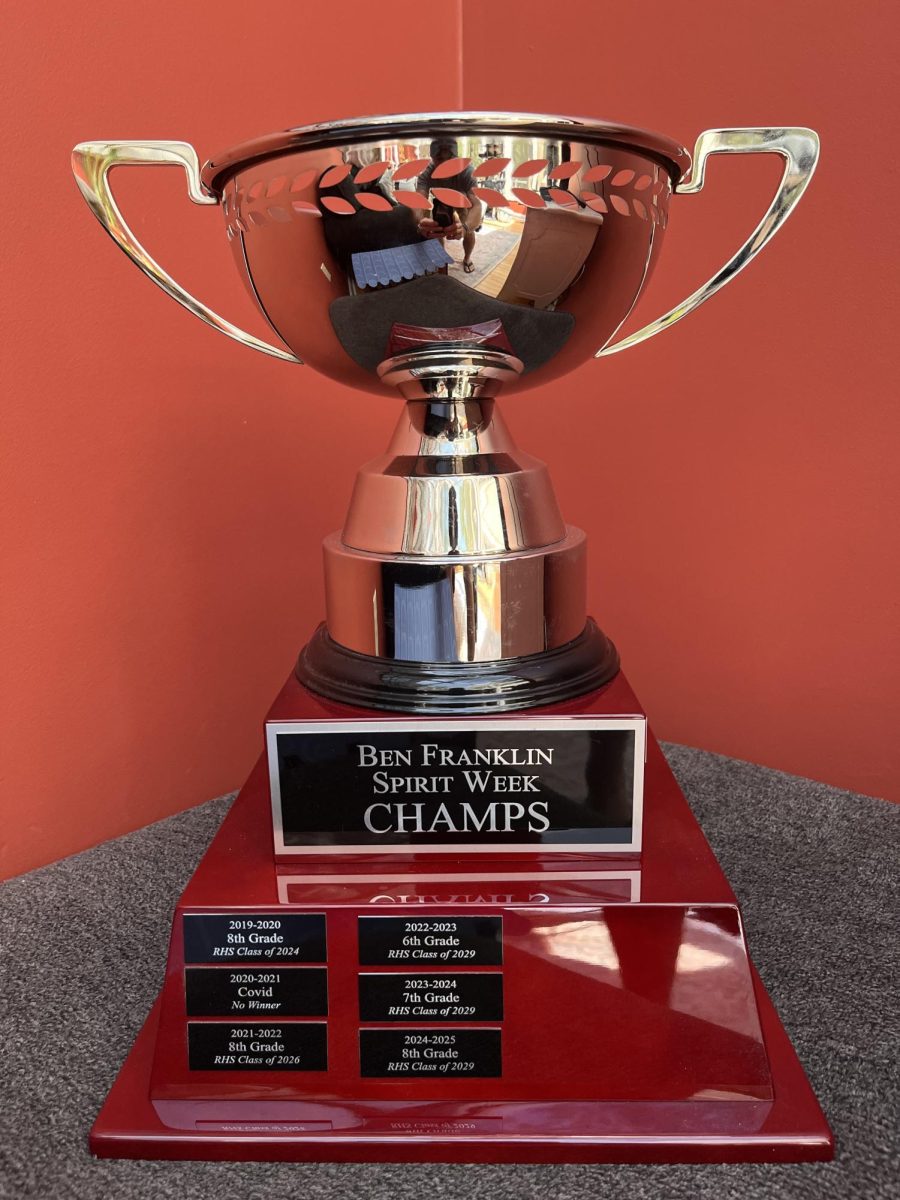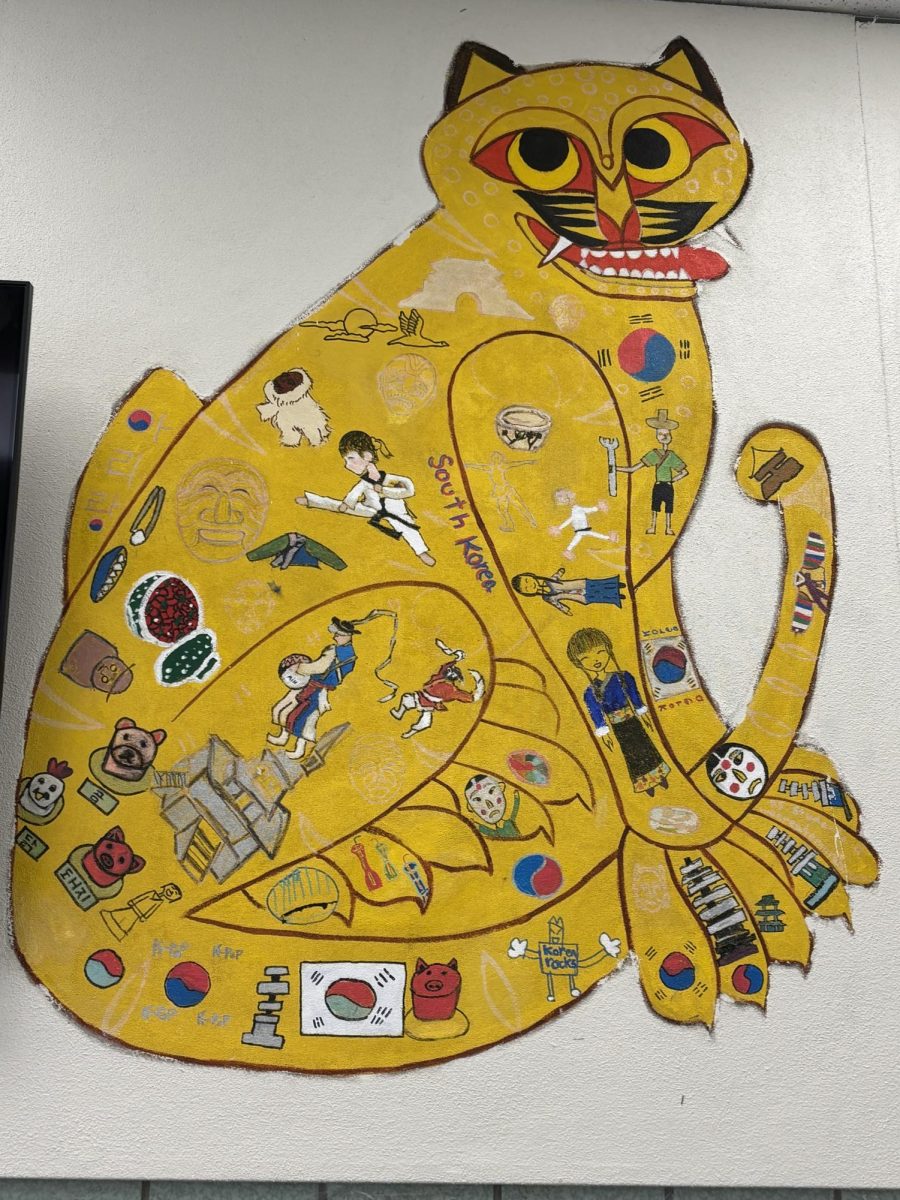A criminal escapes custody and makes a run for it. The prison units are unable to catch the escapee, so the police are called in. After a lengthy chase, the suspect disappears into the woods. At this point, the officers deploy their ultimate asset: the canine unit. These specially trained dogs can track criminals even when they’re miles away, thanks to their extraordinary sense of smell — capable of detecting multiple scents from up to 12 miles. It’s no wonder canines are among the most valuable tools in law enforcement today.
But locating suspects is just one of many roles they fill. Police dogs are also involved in search and rescue operations, suspect apprehension, area sweeps, evidence recovery, and the detection of narcotics and explosives. Their versatility is the result of intense training and selective breeding, ensuring only the most capable dogs make the cut.
Recently, The BF Bolt spoke with Sergeant Spina and Sergeant Cutrona, two veteran officers with the Bergen County Sheriff’s Office Canine Unit. Their insights shed light on the rigorous training and deep bond that define this special team.
The canine unit is one of the most elite assignments in any department. It’s a rare opportunity that requires hard work, grit, and relentless dedication. According to Sergeant Spina, “You need three years of service within our department to be put in for a special unit — specialty unit meaning canine, meaning SWAT team.” The role demands more than physical strength. It requires resilience, adaptability, and the ability to rise to extreme challenges. For the dogs, it’s a complete lifestyle change — adapting from their supplier environment to building a close, trusting relationship with their new handler.
Canines and their handlers train side by side in a demanding program that lasts about nine months. The first six months are spent in patrol school, where handlers and dogs learn the fundamentals of criminal apprehension, tracking, obedience, and bite work. The final three months are spent in an advanced program, where each officer is paired with the dog best suited for their style and assignment.
Of course, this training is physically taxing and often risky. Officers are expected to perform exercises that simulate real-life emergencies. “You’re gonna carry an 80-pound weight across your football fields, place the 80-pound weight in the vehicle — that simulates if your dog gets hurt in the field,” Spina explains. This type of preparation ensures that both the officer and the dog can depend on one another, building mutual trust and a shared sense of responsibility.
What makes canines so effective is their biology. Dogs possess a staggering 300 million olfactory receptors, compared to the human average of five million. This extraordinary sense of smell allows them to detect scents we’d never notice. But it’s more than just tracking — dogs use scent to assess emotions, detect fear, and recognize threats. In tense moments, this can de-escalate dangerous situations before they spiral. As Spina says, “You take ’em out on track of a suspect, nine times outta ten, you know that person’s gonna give up if we find them.”
Speed is another key advantage. Dogs run faster than most humans, and from a suspect’s perspective, the sight of a police dog often signals the end of the chase. If intimidation doesn’t work, their bite certainly will. Their training ensures they only use force when absolutely necessary — but when they do, it’s highly effective.
The Bergen County Canine Unit primarily uses two breeds: German Shepherds and Belgian Malinois. “They’re like a Swiss Army knife,” says Spina. While the Malinois may be stronger in tracking, both breeds are prized for their well-rounded abilities — including protection, obedience, and suspect apprehension.
Each dog has a specific “drive” that determines their strengths. Some have a “play drive,” meaning they’re highly motivated by activity and interaction — great for agility and engagement tasks. The dogs are trained with toy rewards so as to not be distracted by food smells and other things that may influence them to provide false hits. Others have a “hunt drive,” making them tenacious trackers, ideal for searches involving missing persons or hard-to-find evidence. Identifying these traits helps match dogs with tasks where they’ll thrive.
Over time, handlers and their dogs form incredibly close bonds. They work together daily, trust one another with their lives, and develop a communication that goes beyond commands. “They’re like us,” Cutrona says. “They all have different personalities.” These connections often lead to lifelong companionship.
When a police dog retires, the partnership doesn’t end. Officers are given the opportunity to adopt their canine partners. As Officer Spina shares, “We pay $1 — so right now, even though all these dogs retire, we get to keep them.” Technically, the dogs belong to Bergen County while on duty. That symbolic $1 ensures they become a permanent part of the officer’s family after retirement.
Canine units are more than just tools of law enforcement — they are loyal partners, highly trained specialists, and heroes on the frontlines. From tracking fugitives and locating missing persons to detecting explosives and de-escalating dangerous encounters, their presence is irreplaceable. Behind every successful police operation is not just a courageous officer but a dog that has trained for months, earned trust, and formed a powerful bond with its handler.
These dogs don’t just serve — they protect, persevere, and sacrifice. And when their time in the field ends, they don’t disappear into the background. They retire with the officers they stood beside, not as equipment, but as family.













